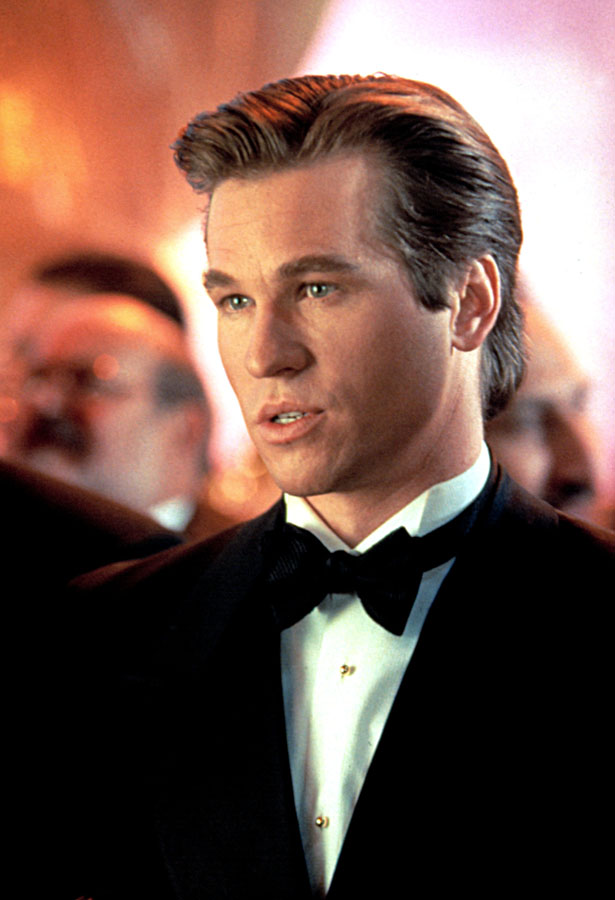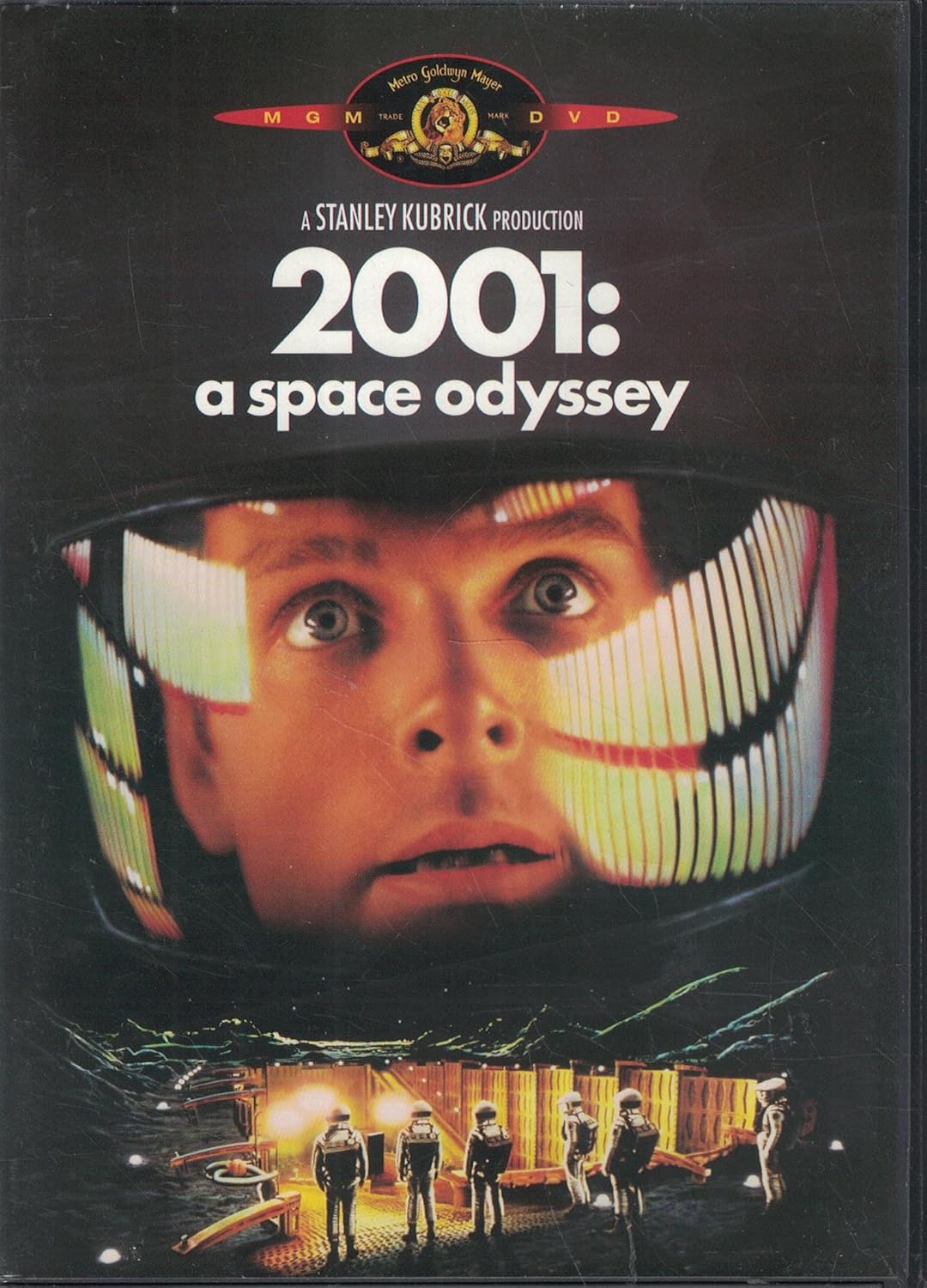
Stanley Kubrick’s 2001: A Space Odyssey had its
world theatrical premiere on April 2, 1968.
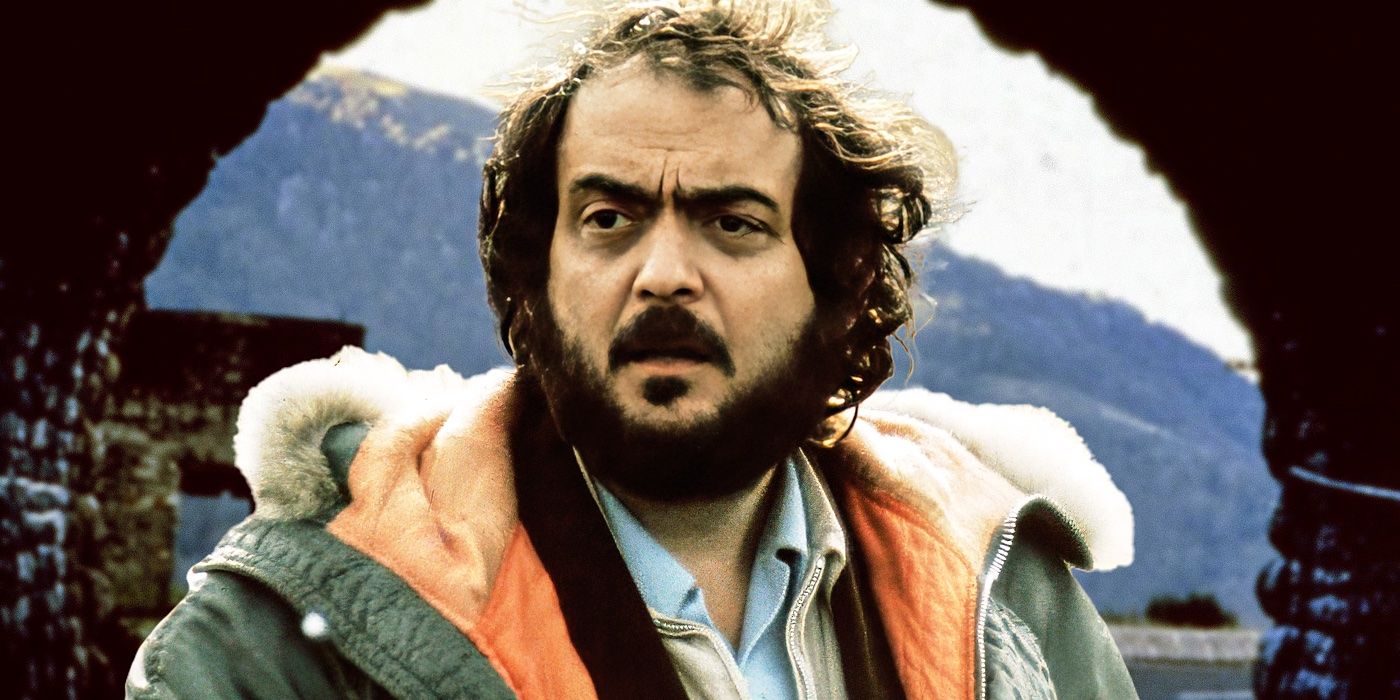
Kubrick, whose 1964 Cold War satire Dr. Strangelove had been
popular with audiences and critics alike, was intrigued by
science fiction but felt the genre rarely produced interesting
films.
He became determined to make one, using the sci-fi story The
Sentinel as source material and enlisting its author, Arthur C.
Clarke, as his co-writer.
The film does feature a coherent plot, involving two scientists
and a highly-intelligent computer sent to investigate a mysterious
event near Jupiter, but several scenes—including the film’s now-legendary opening, which seems to depict hominids learning to
use tools after the appearance of a mysterious monolith—are
surreal and highly open to interpretation.
Filming required the construction of a giant centrifuge to serve
as the spaceship’s interior and numerous expensive visual
effects, including a groundbreaking psychedelic sequence near
the end of the film so complex that staff referred to it as the
“Manhattan Project.” Kubrick is said to have removed over 15
minutes from the final cut, which nonetheless ran well over
2 hours.


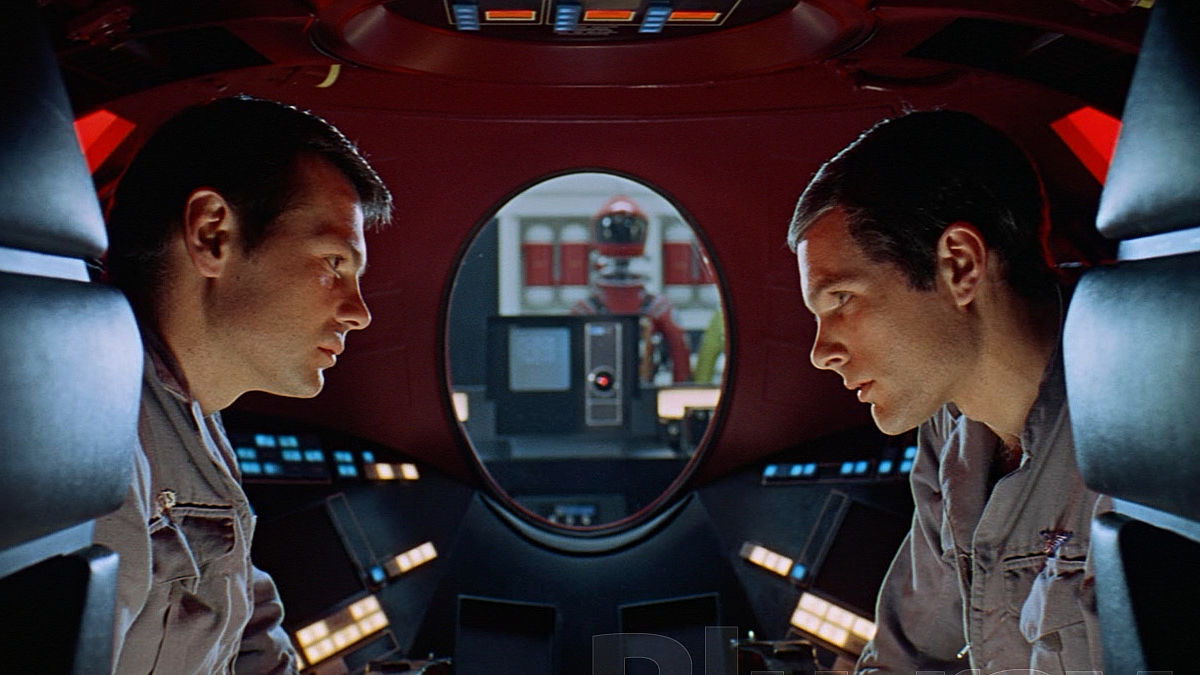

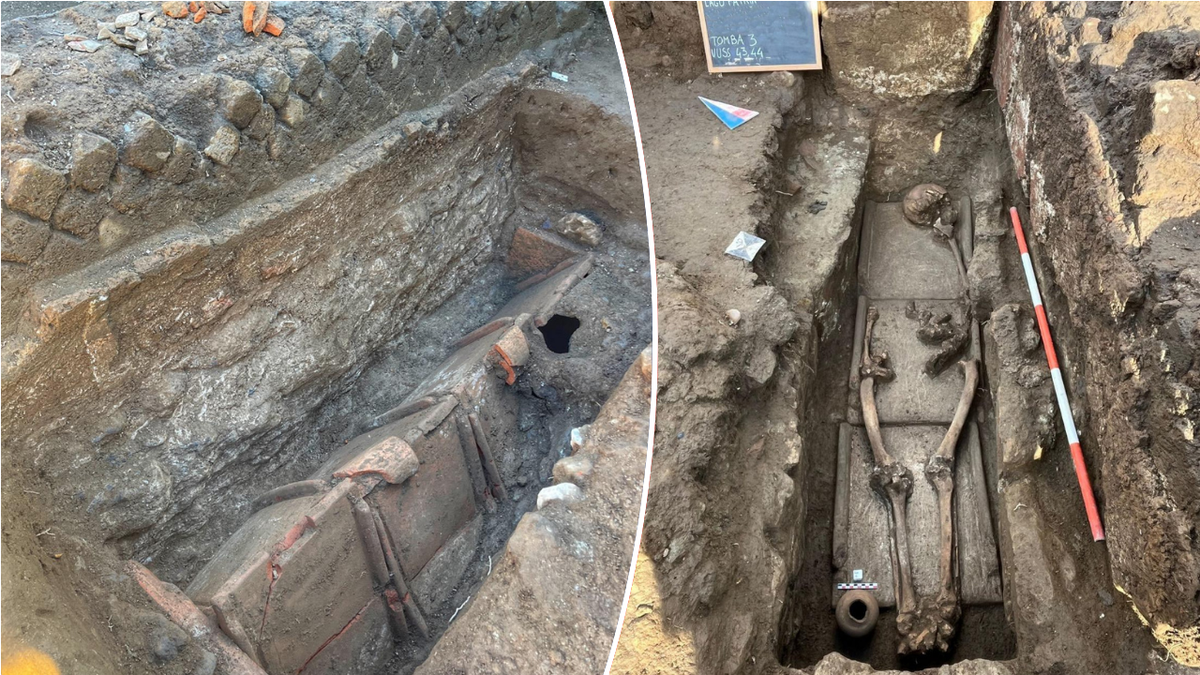
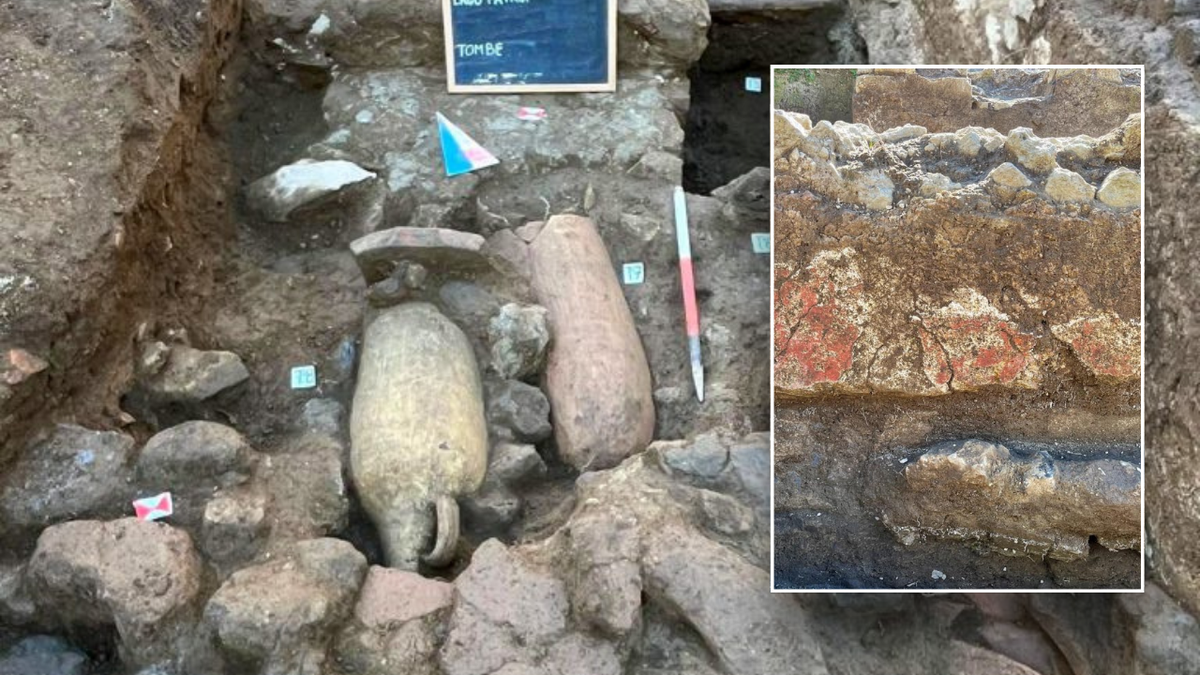
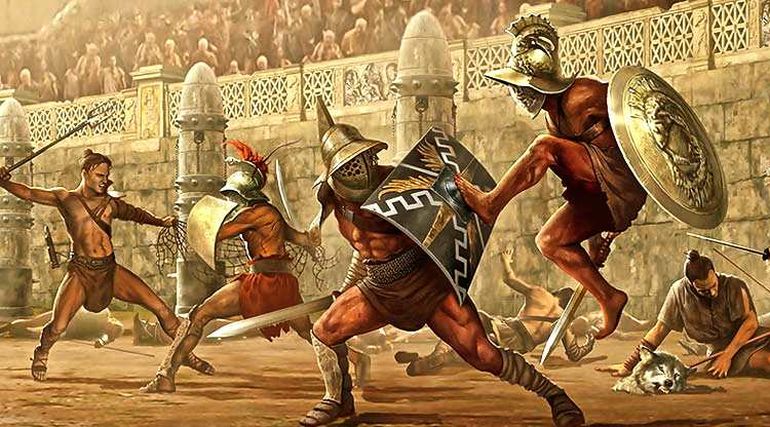
:upscale()/2017/06/16/755/n/1922398/e4c0ade1986a4502_MSDTOSE_EC008_H.JPG)


:max_bytes(150000):strip_icc():focal(749x0:751x2)/cruise-kilmer-2-3c342ca61f9e47c9a737d51b8a3de70f.jpg)



